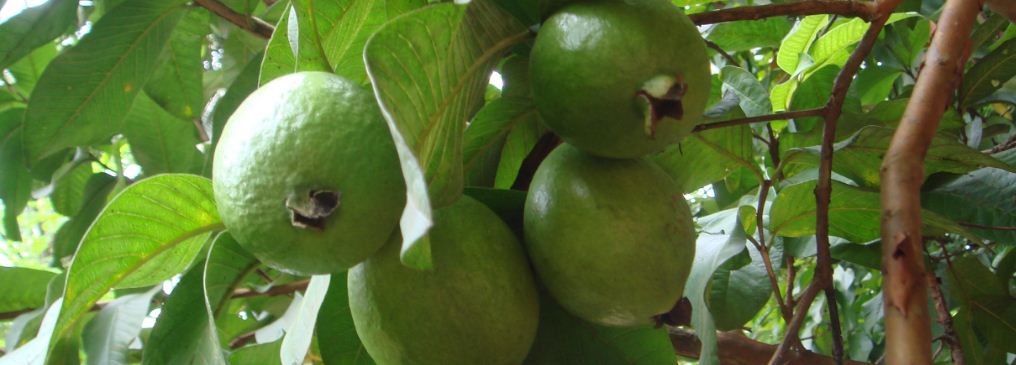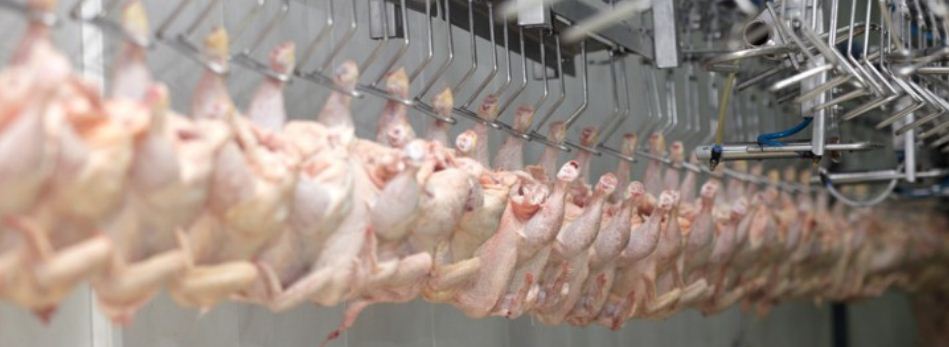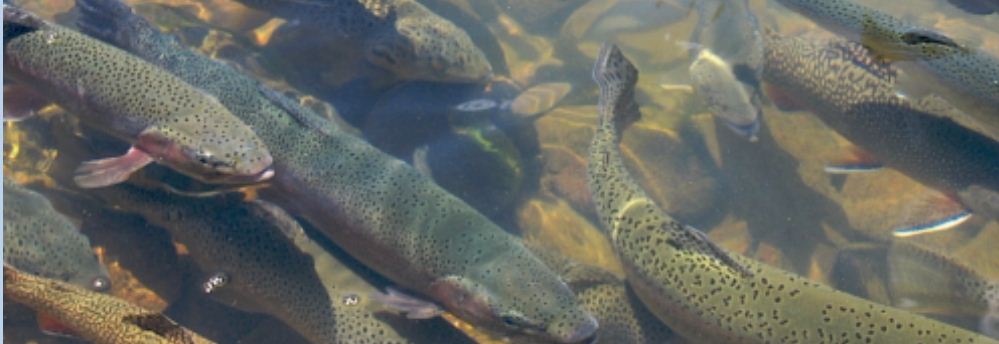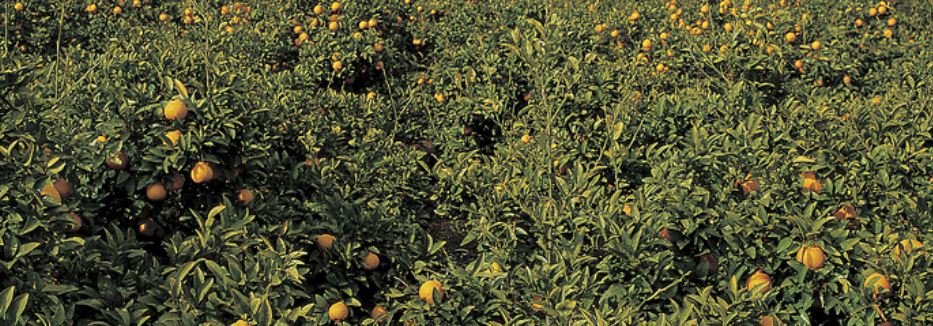How to Start a Guava Farm

Guava is a seasonal and tropical fruit ha can be grown across the globe. It is remunerative agricultural farming that minimal care and farm management procedures.
It is highly sought after because it cannot be found in the market all the time and coupled with the facts that it is highly beneficial health-wise and contains lots of essential nutrients makes it one the profitable farming business to venture into.
The number of farmers that are engaged in guava farming every year is on the increasing side because just one tree of guava can give wonderful yield and the market demand is high.
However, whether you are going into extensive or intensive guava farming, below guidelines will help you make the right move which will lead to a happy harvest and sales.
1. Know the Right Season
The climatic condition is actually what distinguishes the seasons during the period of the year that is adequate for guava cultivation. Guava grows well in tropical and sub-tropical regions of the world.
There is a saying that “knowledge is power” It is advised to know it in its right planting season. Guava is best cultivated during the rainy season which is associated with low temperature.
Though it can still survive high-temperature conditions as well as a drought but is only when it is fully mature and not at the development stage to avoid low and poor fruit yield.
Guava plants grow best between the months of June through September when the annual rainfall is moderate. Young guava plants are prone to below-average precipitation and cold conditions.
Productivity and fruit quality of guava is said to be on the increase when planted in areas with distinctive wintertime.
2. Best Soil For Guava Farming
Guava is a tough fruit that can be grown in any type of soil but can do well on well-drained soil and is sensitive to waterlogged areas.
For every food crops and fruits, there is suitable soil for it, so in growing Guava, the best soil is loamy soil, because it is well-drained and does not waterlog which helps to prevent the seeds from rotting.
This does not mean that it can’t grow in other soil types but for maximum yield especially in terms of commercial and intensive farming, go for fine-grained fertile soil and other considered best to get the best yield.
The pH value of the soil is necessary too so maybe you can go for a soil test in order to make sure that the guava seed can take as many nutrients as possible from the soil.
The required soil pH for guava farming ranges from 4.5 to 8.2. Note that alkaline soil and saline are not appropriate for the plant.
3. Land Clearing
Preparing the land for cultivation is very necessary as it helps to make the plant grow well without any hindrances of shortcomings.
Therefore, it is essential to prepare the land by clearing it first to remove the weeds and other unwanted plants, then till the ground deep enough with either a hoe or a plow depending on the surface of the area of the farm.
During the tilling stage, if the soil doesn’t have much-needed nutrients, manure or fertilizer can be added to the soil to boost up its fertility.
4. Know the Fruit varieties
Guava plant comes in different varieties. Each of the varieties differs in color of the flesh and pulp, fruit size, taste and number of seed in the pulp.
Listed below are the varieties of guava available for cultivation and their major characteristics.
Allahabad Safeda Guava
This is a white-fleshed guava variety with sweet white pulp mainly grown for table purpose. The height of the tree of this guava variety is always medium ranging between 5.8 meters to 6.5 meters.
The fruits are characterized by rounded shape, medium size estimated at 180 grams with few seeds inside.
Pearl guava
The shape of pear guava is similar to that of a pear; rounded or oval. This variety is among the most exporting varieties and the sweetest among others.
Pearl guava has a white flesh which is softened while ripening. The fragrance is always sweet and pungent. This type of guava has come in different varieties which some have white coloured pulp while some emit pink coloured pulp e.g. Taiwan pear guava (rainbow guava).
Varieties of pearl guava are white flesh guava, red flesh guava with green skin, and crispy taste and the rainbow guava.
Harijha Guava
This variety of guava fruit attains a height that is approximated between 3.5 meters to 4.5 meters with is scantly branched. The fruits are round in shape with a sweet taste and greenish-yellow colour.
Arka Mridula Guava
This variety of guava is selected from the open pollination process involved in Allahabad Safeda variety. The tree plants are semi-tall in nature and spread with rounded shaped fruits estimated to weigh about 180g.
The fruits of this variety are well seeded with soft seeds that weight up to 1.6 kg. It is good for processing due to high pectin content measuring about 1.041%. It has smooth yellowish flesh with white pulp.
Chittidar Guava
Chittidar guava variety has similar characteristics to the Safeda guava except that it has numerous pinkish-red marks on the surface of the fruit with the size of the pin-head spots.
Red Fleshed Guava
Red-fleshed guava also called the pink guava (available during late spring and summer) is a nutritious type of guava with five different varieties. They have numerous small sand-coloured seeds within which are always hard to chew.
The trees of this variety have branches that are spreading with roundish oval fruit, which has yellowish skin with pink colour flesh. The pulp is either red or pink in colour with numerous hard sand-coloured seeds inside. The seeds are edible just like the fruit.
Red-fleshed guava variety is slightly juicy with faintly sweet fragrant. The juice is similar to that of regular green guava.
Lucknow 49 Guava Variety
Lucknow’s guava is considered the most popular guava for commercial farming across the globe. It has a fairly thick outermost cover and contains fewer soft seeds in the pulp.
It has greenish-yellow flesh with sweet milky white pulp and rough exterior. The covering of the fruit of this variety is fairly thick with fewer soft seeds in the inner portion of pulp.
Banarasi Guava
The tree of this variety grows to a height of 4.0 meters to 5.5 meters. The fruits are always light-yellow in colour, round in shape and broad crown. Banarasi variety is mainly cultivated for table purposes.
5. Guava Fruit Propagation
Naturally, guava plant is been propagated from the seeds. This is the method of reproducing or breeding new guava plants by the use of the seeds.
Another method of propagation in guava farming is vegetative which is the reproduction or propagation process achieved by air layering, budding, grafting, cutting or other asexual means.
6. Guava Planting
It is advisable to apply the spacing pattern of 5 – 8cm in guava planting. Considering commercial guava farming, the appropriate spacing should be 5m by 5m or 6m by 6m.
For edge-row system, the planting space pattern that should be adopted is 2m by 6m and 3m by 6m.
In ultra-high density plating and high-density planting systems, the planting pattern between the rows and the plants lowers the spacing and increases the production capacity. For ultra-high density planting, the spacing should be 2m by 1m.
At this juncture, the site must have been ready with the adequate soil stricture required for good productivity.
To plant the guava plant either by seedling transplanting, dig a hole of balanced dimension say 0.6 m x 0.6m put the seedling in the middle of the pit then fill with soil. You can mix the soil organic manure in a case whereby the land has poor soil.
7. Guava Tree Spacing
Know the essential steps involve in the planting of Guava, from the purchasing of seeds to planting and harvesting.
It will make you plant right and follow the suitable processes as you await the bountiful fruit harvest, but know that harvesting time is not always the same for Guava because while some take 2 years to mature, some take 3 - 4years.
8. Guava Diseases & Pests
Pests are a well-known farmer’s enemy. Just as pests attack other fruits and crops, they also attack guava with other insects that may cause destruction to the fruits.
Some pests and insects that attack guava include, but not limited to Leaf feeding scale insect, leaf rollers, beetle borers, mites, gall flies, scarab beetles, fruit flies, mealybug, caterpillars and others.
Guava Diseases You Should Know
Some plant diseases such as brown blight, wilt disease, tree decline, anthracnose, nematodes, and parasitic algae can attack guava fruits and deteriorate the quality and yield quantity.
No matter the kind of pests or diseases that may attack your guava farm, there is always a method for controlling them.
Primarily, pests and diseases of guava can be controlled by planting guava cultivars. Apply effective pesticides and fungicides to control them before flowering and during fruit development. Always keep an eye on the plants
There are many factors that might affect the growth and yield of guava which include the temperature and climate conditions, soil type and pH, and more mentioned above. It is necessarily important to consider all these if you expect maximum yield.
Apart from the disease control measure which has to be put in place whilst growing Guava, it doesn’t require much maintenance.
Conclusion
Every farmer of Guava fruit should be very careful as well because, in as much as it gives lots of profit when the fruits are ripe, appropriate measures should be taken to make sure it doesn’t overripe before harvest.
This is because Guava has a short shelf life of 2-3 weeks after being harvested and making it stay longer than required before harvesting might make you reduce the cost of sales which will cut you short of your profits.




